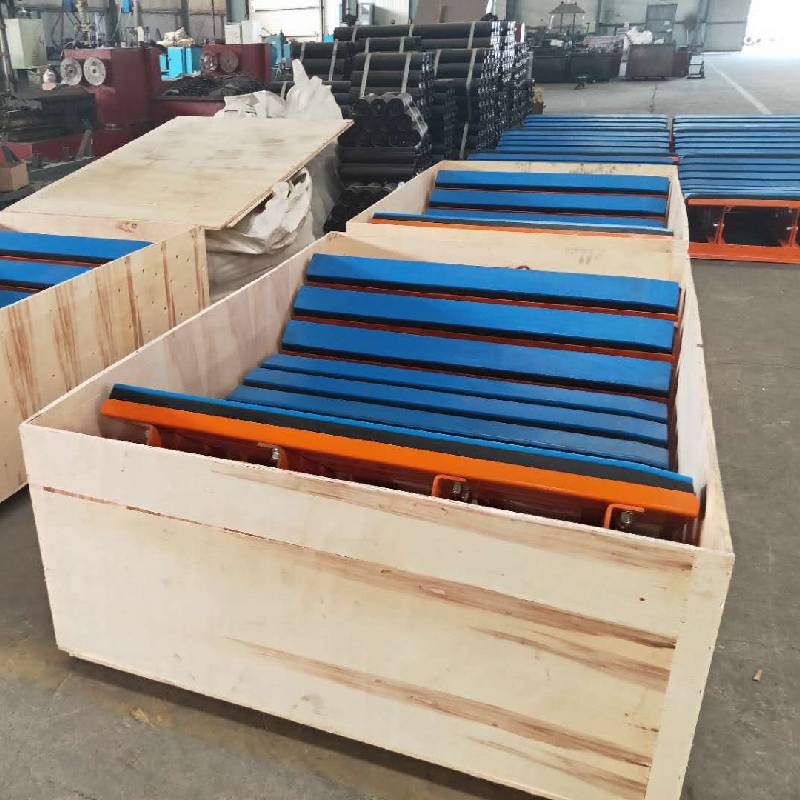 Afrikaans
Afrikaans  Albanian
Albanian  Amharic
Amharic  Arabic
Arabic  Armenian
Armenian  Azerbaijani
Azerbaijani  Basque
Basque  Belarusian
Belarusian  Bengali
Bengali  Bosnian
Bosnian  Bulgarian
Bulgarian  Catalan
Catalan  Cebuano
Cebuano  Corsican
Corsican  Croatian
Croatian  Czech
Czech  Danish
Danish  Dutch
Dutch  English
English  Esperanto
Esperanto  Estonian
Estonian  Finnish
Finnish  French
French  Frisian
Frisian  Galician
Galician  Georgian
Georgian  German
German  Greek
Greek  Gujarati
Gujarati  Haitian Creole
Haitian Creole  hausa
hausa  hawaiian
hawaiian  Hebrew
Hebrew  Hindi
Hindi  Miao
Miao  Hungarian
Hungarian  Icelandic
Icelandic  igbo
igbo  Indonesian
Indonesian  irish
irish  Italian
Italian  Japanese
Japanese  Javanese
Javanese  Kannada
Kannada  kazakh
kazakh  Khmer
Khmer  Rwandese
Rwandese  Korean
Korean  Kurdish
Kurdish  Kyrgyz
Kyrgyz  Lao
Lao  Latin
Latin  Latvian
Latvian  Lithuanian
Lithuanian  Luxembourgish
Luxembourgish  Macedonian
Macedonian  Malgashi
Malgashi  Malay
Malay  Malayalam
Malayalam  Maltese
Maltese  Maori
Maori  Marathi
Marathi  Mongolian
Mongolian  Myanmar
Myanmar  Nepali
Nepali  Norwegian
Norwegian  Norwegian
Norwegian  Occitan
Occitan  Pashto
Pashto  Persian
Persian  Polish
Polish  Portuguese
Portuguese  Punjabi
Punjabi  Romanian
Romanian  Russian
Russian  Samoan
Samoan  Scottish Gaelic
Scottish Gaelic  Serbian
Serbian  Sesotho
Sesotho  Shona
Shona  Sindhi
Sindhi  Sinhala
Sinhala  Slovak
Slovak  Slovenian
Slovenian  Somali
Somali  Spanish
Spanish  Sundanese
Sundanese  Swahili
Swahili  Swedish
Swedish  Tagalog
Tagalog  Tajik
Tajik  Tamil
Tamil  Tatar
Tatar  Telugu
Telugu  Thai
Thai  Turkish
Turkish  Turkmen
Turkmen  Ukrainian
Ukrainian  Urdu
Urdu  Uighur
Uighur  Uzbek
Uzbek  Vietnamese
Vietnamese  Welsh
Welsh  Bantu
Bantu  Yiddish
Yiddish  Yoruba
Yoruba  Zulu
Zulu Durable Plastic Conveyor Components for Efficient Material Handling Systems
The Evolution and Importance of Plastic Conveyor Parts
In the modern industrial landscape, the efficiency of production and material handling processes is pivotal to successful operations. Among the myriad components that facilitate these processes, conveyor systems play a crucial role. While traditional metallic conveyor parts have long been utilized, the trend toward plastic conveyor parts has gained momentum. This shift is not merely aesthetic or cost-driven; it reflects a deeper understanding of material science and the specific needs of diverse industries.
The Advantages of Plastic Conveyor Parts
Plastic conveyor parts offer a multitude of benefits that make them an attractive alternative to their metal counterparts. Foremost among these advantages is weight. Plastic components are significantly lighter than metal, which can lead to easier installation and reduced mechanical strain on conveyor frames. This weight reduction also translates to decreased energy consumption during operation, as lighter systems require less power to move.
Another compelling feature of plastic is its resistance to corrosion and chemical exposure. In industries such as food processing, pharmaceuticals, and chemical manufacturing, where cleanliness and safety are paramount, plastic conveyor parts can withstand harsh environments and corrosive substances, thus prolonging the lifespan of the equipment. Additionally, the non-reactive nature of many plastics makes them ideal for applications where contamination could compromise product integrity.
Plastic conveyor parts also offer versatility in design and customization. They can be manufactured in various colors, shapes, and sizes, allowing for tailored solutions to meet specific operational needs. This adaptability extends to the use of advanced plastics that are engineered for strength and durability, such as polycarbonate or nylon, making them suitable for heavy-duty applications without sacrificing performance.
Cost Efficiency and Sustainability
When evaluating the overall cost of conveyor systems, it is essential to consider both initial investment and long-term operational costs. While plastic parts may have a higher upfront cost than standard metal components, their durability and reduced maintenance requirements often result in lower lifecycle costs. Over time, businesses can save significantly on repairs, replacements, and energy expenses.
plastic conveyor parts

Sustainability is another critical aspect driving the adoption of plastic conveyor parts
. Many of the plastics used in conveyor manufacturing are recyclable or made from recycled materials, aligning with global efforts to reduce waste and environmental impact. Moreover, as industries increasingly seek to enhance their sustainability profiles, choosing eco-friendly materials can be a crucial factor in supply chain management and corporate responsibility.Innovations in Plastic Conveyor Technology
The field of plastic conveyor parts has witnessed significant innovations over the years. Advances in manufacturing techniques, such as injection molding and 3D printing, allow for the production of complex geometries and lightweight designs that were previously unattainable. These innovations enable manufacturers to optimize conveyor systems for specific loads or processes, further enhancing efficiency.
Moreover, the development of smart plastic materials equipped with sensors and data-collection capabilities adds another layer of functionality. These smart systems can monitor conveyor operation in real time, providing critical data to improve workflow and minimize downtime. Such advancements not only enhance operational efficiency but also empower businesses to make data-driven decisions that improve performance across the board.
Conclusion
The transition to plastic conveyor parts marks a significant evolution in the field of industrial material handling. With their unique combination of advantages—such as lightweight, resistance to corrosion, design versatility, cost efficiency, and sustainability—plastic components have become a preferred choice for many industries. As technological advancements continue to emerge, we can expect further improvements in plastic conveyor systems, enabling them to meet the ever-evolving demands of the global market.
In an era where efficiency, sustainability, and innovation are paramount, investing in plastic conveyor parts is not just a trend; it is a strategic move toward a more efficient and responsible manufacturing future. The integration of these materials into conveyor systems illustrates a broader commitment to progress, positioning companies to thrive in a competitive landscape while adhering to principles of environmental stewardship. Whether in food production, logistics, or manufacturing, the role of plastic conveyor parts is destined to grow, shaping the future of industrial operations.
-
Revolutionizing Conveyor Reliability with Advanced Rubber Lagging PulleysNewsJul.22,2025
-
Powering Precision and Durability with Expert Manufacturers of Conveyor ComponentsNewsJul.22,2025
-
Optimizing Conveyor Systems with Advanced Conveyor AccessoriesNewsJul.22,2025
-
Maximize Conveyor Efficiency with Quality Conveyor Idler PulleysNewsJul.22,2025
-
Future-Proof Your Conveyor System with High-Performance Polyurethane RollerNewsJul.22,2025
-
Driving Efficiency Forward with Quality Idlers and RollersNewsJul.22,2025





























